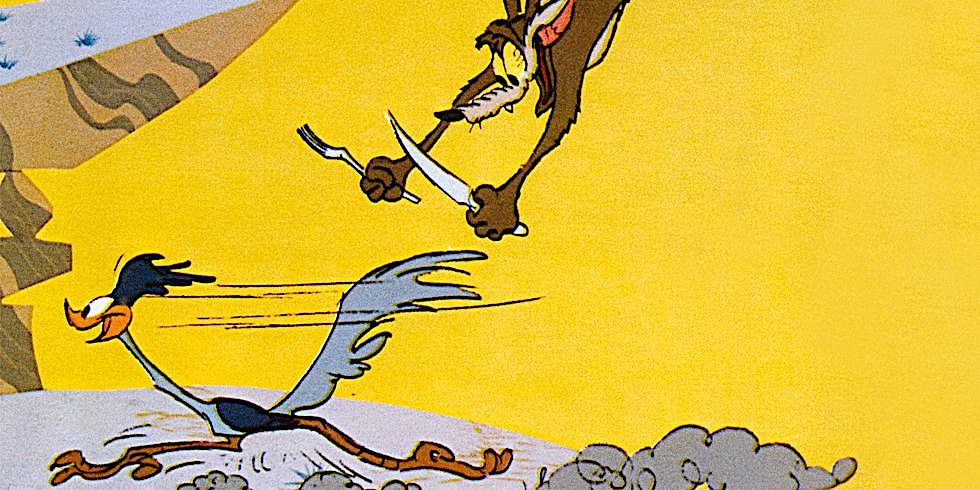ROAD RUNNER AND WILE E. COYOTE
❖❖❖
THIS WEEK
WHY RECOMMENDING RESTAURANTS
TO FRIENDS IS A FUTILE
AND FRUSTRATING GESTURE
By John Mariani
NEW YORK CORNER
FORSYTHIA
By John Mariani
GOING AFTER HARRY LIME
CHAPTER NINE
By John Mariani
NOTES FROM THE SPIRITS LOCKER
ROYAL OAKS DISTILLERY, IRELAND
By John Mariani
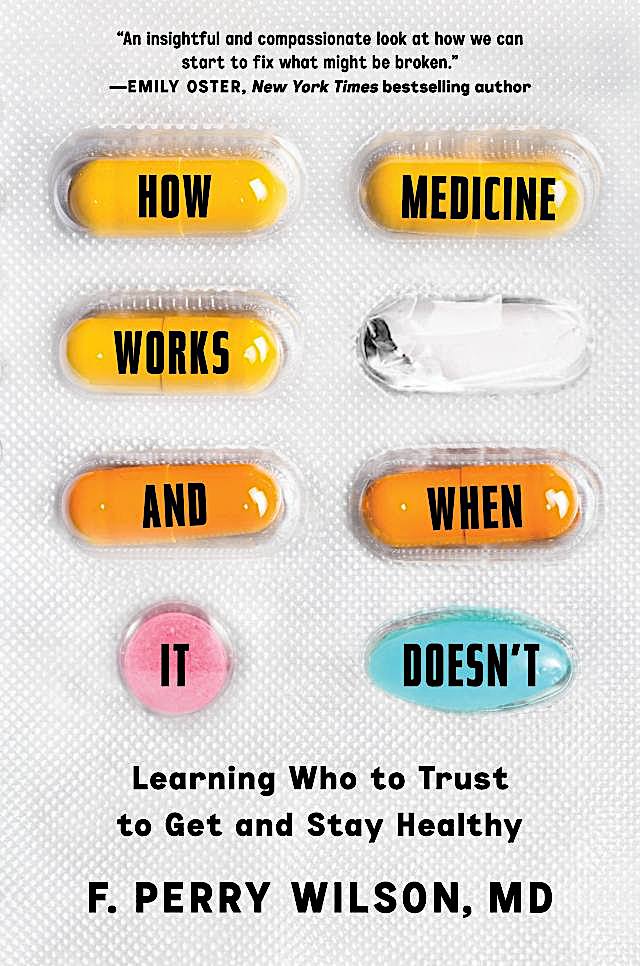 Wilson,
author of HOW MEDICINE WORKS AND
WHEN IT DOESN'T. Go to: WVOX.com.
The episode will also be archived at: almostgolden.
Wilson,
author of HOW MEDICINE WORKS AND
WHEN IT DOESN'T. Go to: WVOX.com.
The episode will also be archived at: almostgolden.
❖❖❖
WHY RECOMMENDING
RESTAURANTS
TO
FRIENDS IS A FUTILE
AND FRUSTRATING GESTURE
By John Mariani
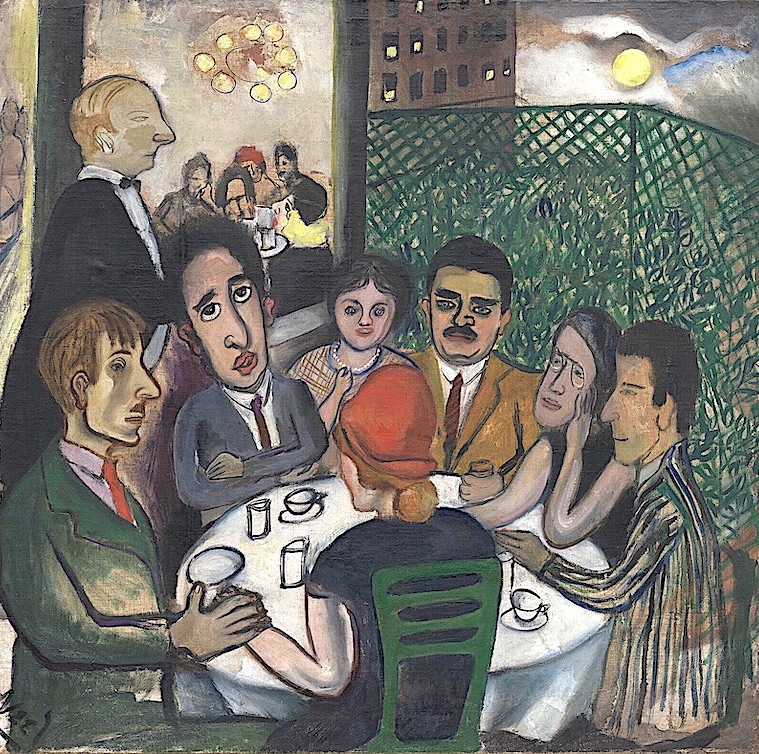
"Village Party" by Alice Neely (1932)
As
someone who has made a career out of writing
about restaurants, I might strike you as
someone who welcomes people’s trusting me to
recommend a restaurant, either here or abroad.
Unlike doctors, lawyers and stock brokers who
spurn such requests by saying, “Call my
office,” I always respond, but first ask some
specific questions: What kind of restaurant?
Neighborhood? New? Trendy? Classic? Budget?
Unless they are going to Thailand or
France, invariably their answer is: Upscale
Italian. I almost never
get a request to recommend a three-star French
restaurant. Bistros, trattorias, tavernas are
preferred. Second most popular preference—by a
wide margin—is a steakhouse.
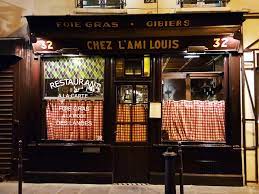 You would
think by now I’d narrow down my responses to
half a dozen places, which is what concierges in
good hotels always do, because they will only
recommend places that repeated guests will come
back and say were just what they’d hoped for.
(I’ve tested this out in Paris and Rome and
always get the same recommendations from
concierges for places the well-heeled Americans
seem to love, like L’Amis Louis in Paris and La
Carbonara in Rome.)
You would
think by now I’d narrow down my responses to
half a dozen places, which is what concierges in
good hotels always do, because they will only
recommend places that repeated guests will come
back and say were just what they’d hoped for.
(I’ve tested this out in Paris and Rome and
always get the same recommendations from
concierges for places the well-heeled Americans
seem to love, like L’Amis Louis in Paris and La
Carbonara in Rome.) 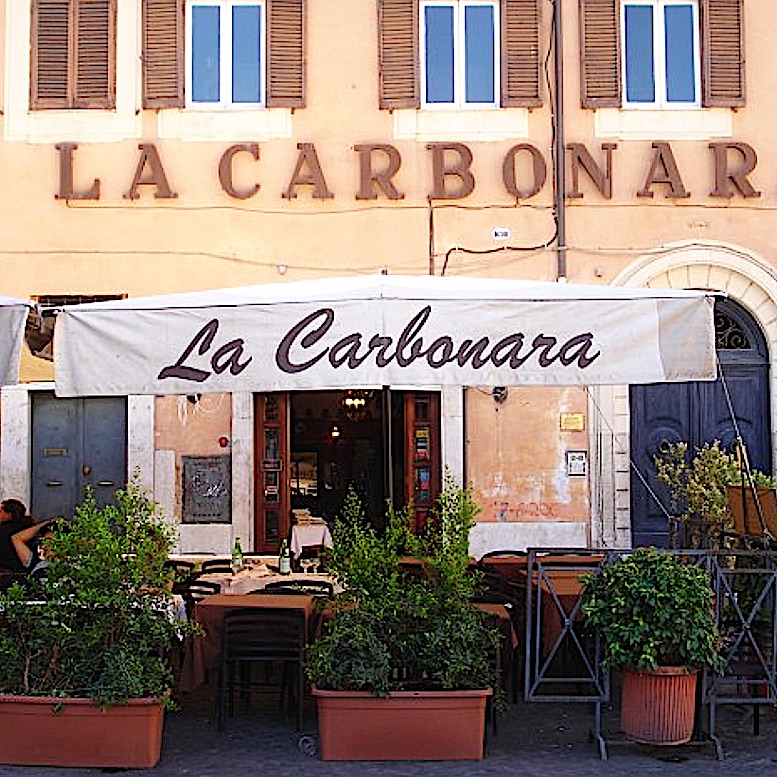
But I find I try to tailor my
recommendations to the person asking, sometimes
suggesting they go to the recent ten years of
archives of this newsletter, which gives
extensive reviews and photos of the restaurants
covered around the world. I’ve also sent them
links to articles I’ve written for Forbes.com.
I often recommend dishes not to miss and—only if
it’s for a really
good friend—the owner’s name. Some pushy people
will ask me to call the restaurant on their
behalf and put in a good word. One asked me to
put in a word for a cousin who was going out for
a romantic Valentine’s Day dinner. And, no, I
have no power to get you a reservation on a
Saturday night at the most popular restaurant in
Beverly Hills. For that, ask—and pay—a concierge
to try.
This last request is fraught with
frustration, because so often people, including
friends, tell me a few days later they were not
much impressed,
or even disappointed, in the restaurant I
had suggested. Of course, I ask why, and most
often, their response is almost always over
service, not food. They believed they got a bad
table or an incompetent waiter. They think they
got gouged for a bottle of water. The portion of
gelato was on the small side.
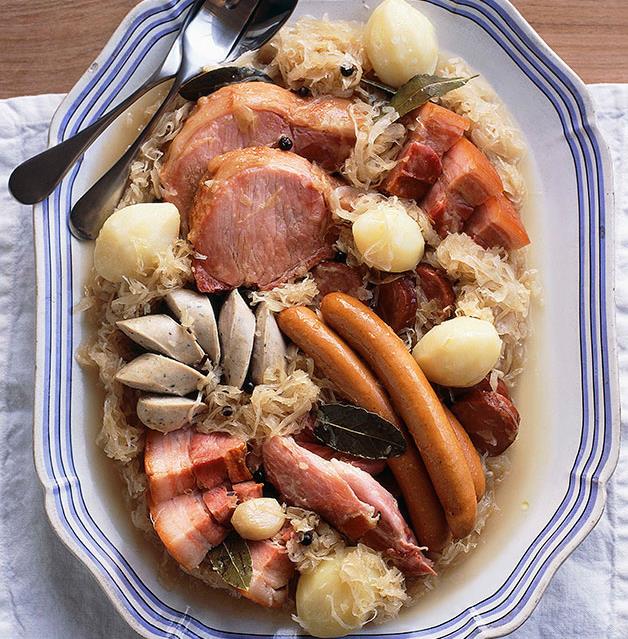 When
I ask how was the food, the reports are usually
quite positive. However, asked if they ordered
those specific dishes I raved about, few say
they did, with remarks like “We had a big lunch
and weren’t all that hungry for dinner, so we
only ordered salad and soup";” or, although I
told them this was very specifically an Alsatian
restaurant specializing in dishes like choucroute
(left),
they simply ignored my advice and ordered steak
frites.
When
I ask how was the food, the reports are usually
quite positive. However, asked if they ordered
those specific dishes I raved about, few say
they did, with remarks like “We had a big lunch
and weren’t all that hungry for dinner, so we
only ordered salad and soup";” or, although I
told them this was very specifically an Alsatian
restaurant specializing in dishes like choucroute
(left),
they simply ignored my advice and ordered steak
frites.
It was maddening
when I was once asked by a friend about the
historic Italian restaurant Barbetta in New York
(below), “Is it really any good?” I said,
“Yes, it definitely is, especially if you order
the Piemontese dishes the 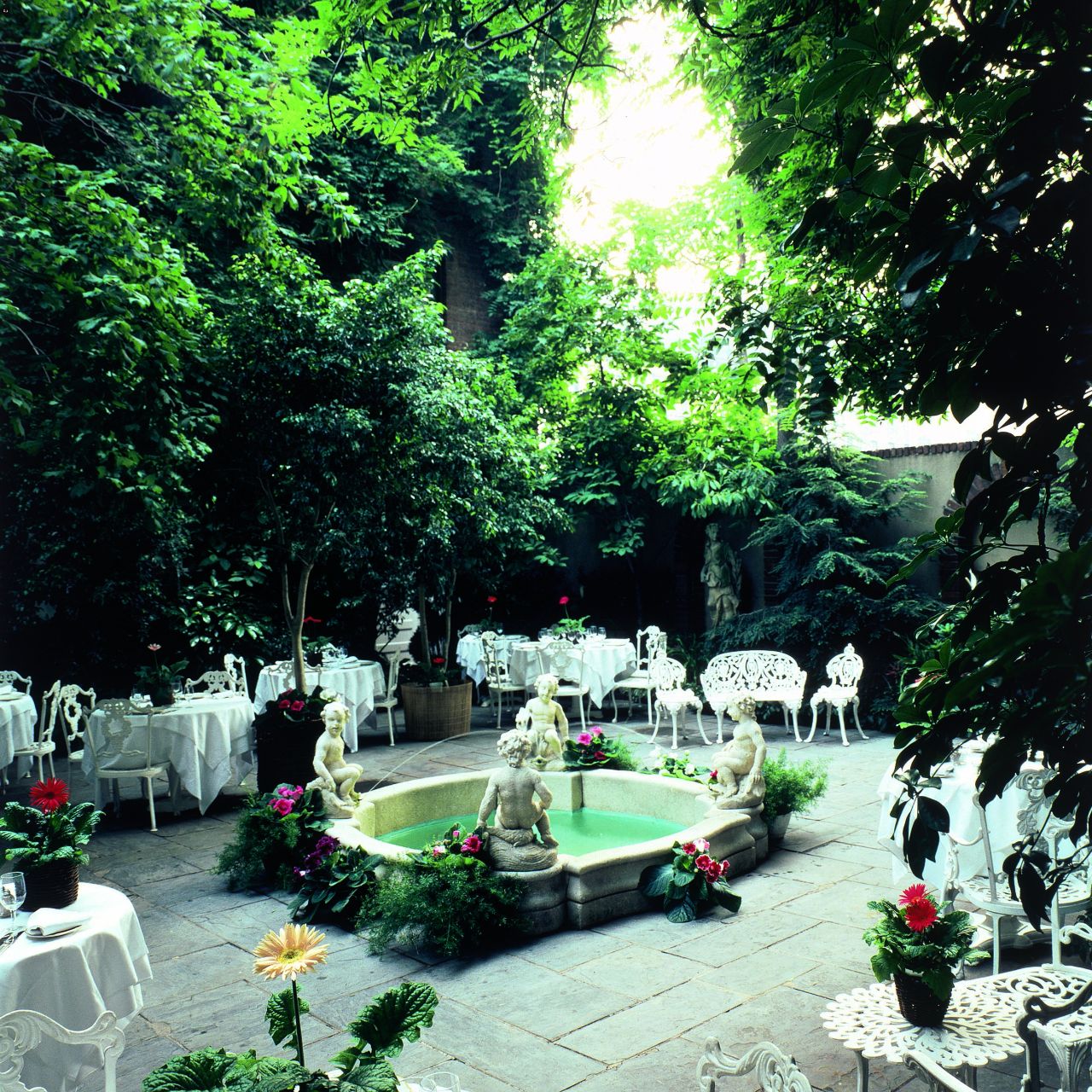 chef is
proudest of.” The next day they reported they
were unimpressed, adding, “I just felt like a
green salad and my husband just wanted spaghetti
with red sauce.” Had a steak knife been handy I
might have plunged it into their livers.
chef is
proudest of.” The next day they reported they
were unimpressed, adding, “I just felt like a
green salad and my husband just wanted spaghetti
with red sauce.” Had a steak knife been handy I
might have plunged it into their livers.
Many of the problems with recommending
restaurants are due to the tastes of the people
going to them. This one is a vegetarian; this
one eats no shellfish; this one hates sushi;
this one was insistent on ordering a dish not
even on the menu.
Then, too, many people who go with
friends for a table for four all order the same
thing and then form an immediate opinion about a
menu with forty dishes on it.
Of course, many people who ask me for a
half-dozen recommendations return from a city
and tell me they didn’t eat at a single one,
saying, “Oh, we found this Indian restaurant in
London we liked so much we ate there three
times.” Worse than that are those who come back
raving about a restaurant one of their friends
raved about, telling me it was the best meal of
the trip, or that they never had a filet mignon
that tender, or that the owner bought them a
round of limoncello at the end of the meal.
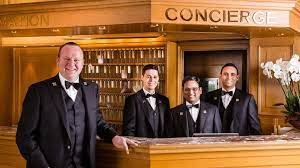 What
I want to
say is that, if all my recommendations did not
live up to your likes and dislikes, or that you
value your friend’s recommendation over mine,
then please don’t waste my time in the future. I want to
say, “Listen, you went to a place and ordered
two dishes, or dishes out of character, or asked
for substitutions, or didn’t like the waiter’s
attitude, and then tell me it’s not a very good
restaurant.” I should say, in as nice a way as
possible (stifling my rage), “Perhaps you and I
don’t share the same tastes, and it would be
best to ask someone else.” Or why not get hold
of a completely specious list of the best
this-or-that.
What
I want to
say is that, if all my recommendations did not
live up to your likes and dislikes, or that you
value your friend’s recommendation over mine,
then please don’t waste my time in the future. I want to
say, “Listen, you went to a place and ordered
two dishes, or dishes out of character, or asked
for substitutions, or didn’t like the waiter’s
attitude, and then tell me it’s not a very good
restaurant.” I should say, in as nice a way as
possible (stifling my rage), “Perhaps you and I
don’t share the same tastes, and it would be
best to ask someone else.” Or why not get hold
of a completely specious list of the best
this-or-that.
Perhaps I should adopt the response of a
doctor friend of mine who answers people asking
advice: “Do you know what free advice is worth?
Nothing.” Or, I could charge them for the advice
in the knowledge that, like people who take
placebos, they will love a place they paid to
hear an expert’s professional advice about.
So, friends and
readers, if you really want my advice on where
best to eat, read my columns or those of other
reviewers whom you trust. But don’t bother
letting me know how it went unless you ate the
way reviewers do, with gusto, with an appetite
and with a knowledge of the way food should
taste.
FORSYTHIA
9 Stanton Street
646-590-0609
By John Mariani
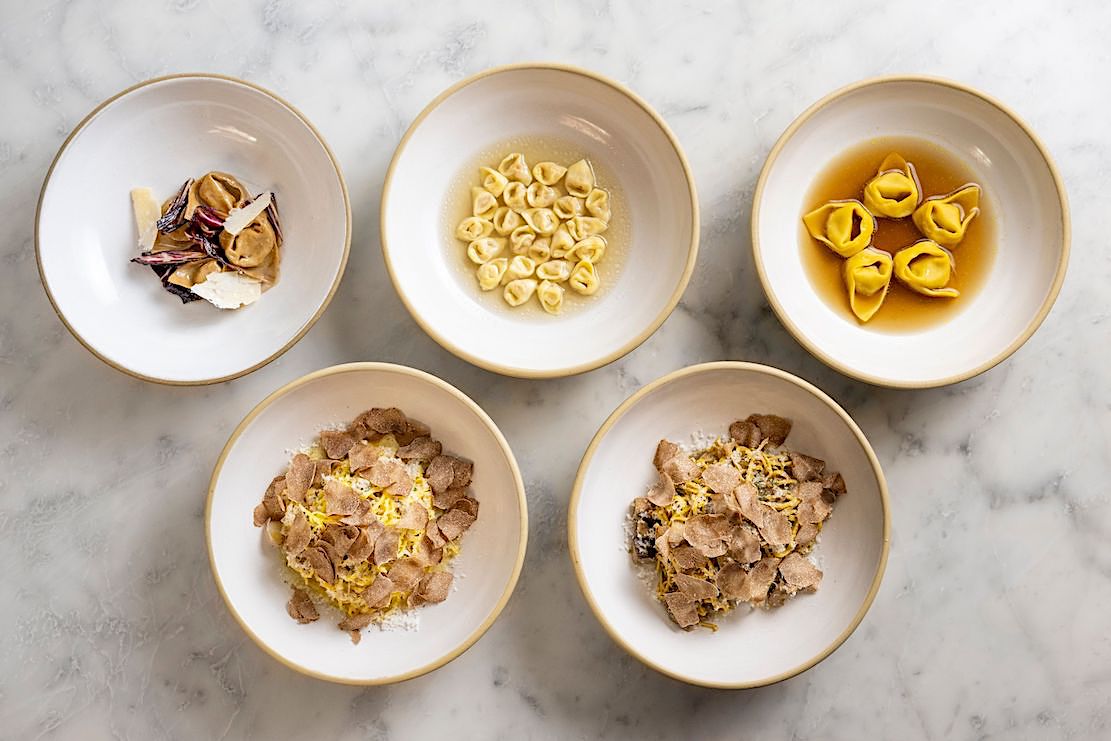
Hope springs eternal in the
restaurant business, which is perhaps why
Jacob Siwak has named his darling little
storefront restaurant on the Lower East Side
after the first flower to bloom in the spring,
which, he says, “represents
a symbol of hope, anticipation, and renewal,
surrounded by an abundance of warmth; just
as one should feel while dining at the
restaurant.” More specifically, a Roman
restaurant.
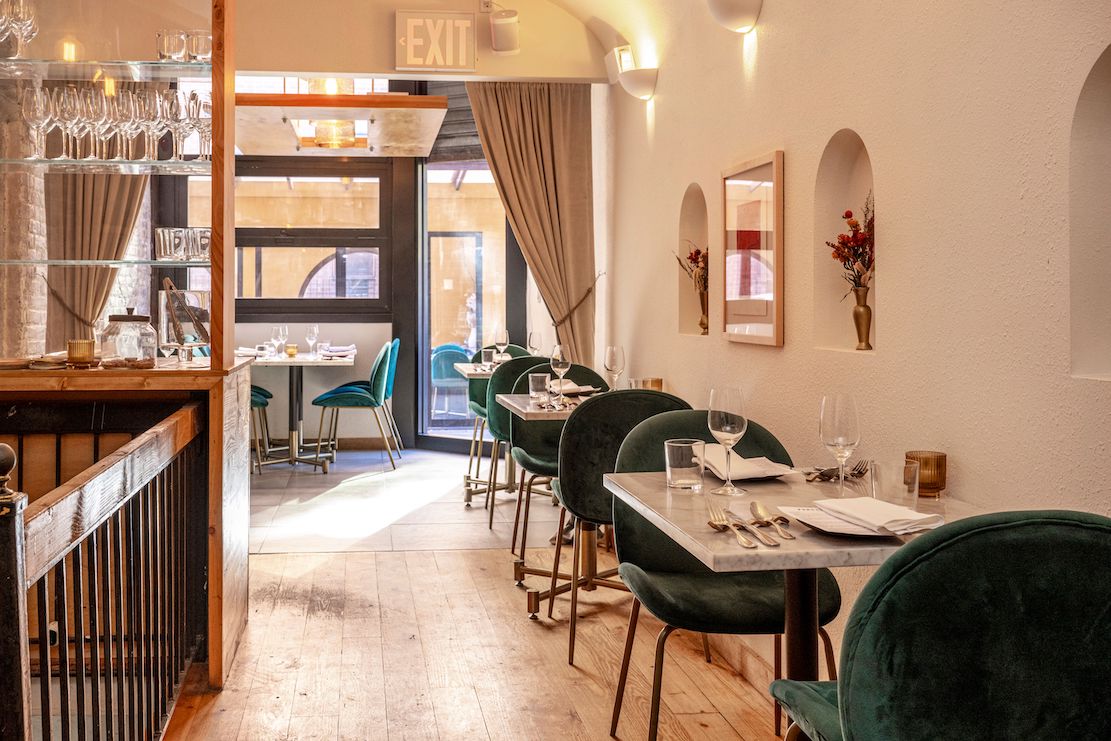 Siwak
spent
a year in the Eternal City cooking at Santo
Palato, then at La Vecchia Scuola in Bologna.
Back in New York,
he and a partner served a series of
pop-up dinners during the pandemic, then a more
settled pop-up workshop that led to Forsythia
opening two years ago; last year they expanded
to another small room separated by an apartment
building entranceway. While
Stanton Street doesn’t quite have the grandeur
of Rome, it is a thriving restaurant row.
Siwak
spent
a year in the Eternal City cooking at Santo
Palato, then at La Vecchia Scuola in Bologna.
Back in New York,
he and a partner served a series of
pop-up dinners during the pandemic, then a more
settled pop-up workshop that led to Forsythia
opening two years ago; last year they expanded
to another small room separated by an apartment
building entranceway. While
Stanton Street doesn’t quite have the grandeur
of Rome, it is a thriving restaurant row.
The first room, with small bar, is a bit
cozier and warm in its colors and lighting; the
second is stark but for some Keith Haring-style
paintings and a counter where Sfoglino
Nicolas
Potoglou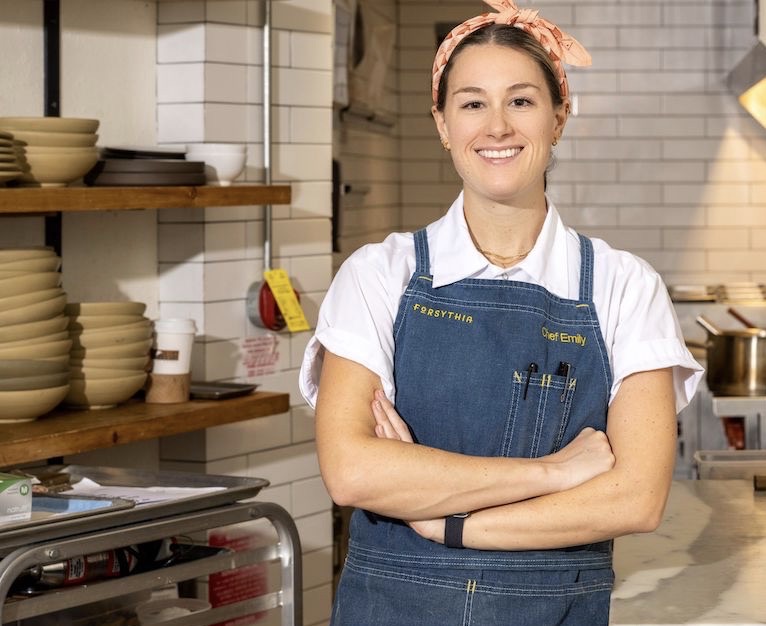 stands making fresh
pasta before your eyes.
stands making fresh
pasta before your eyes.
The whole staff pitches in on all counts,
including Siwak, who bounds from room to room,
while Executive Chef Emily Swaine (from Blue
Hill at Stone Barns, Maialino and Union Square
Café) oversees the kitchen.
It’s a fixed price menu at $104 for four
courses, with a fifth—bistecca
alla fiorentina—an additional $85. The
wine list is divided among nine white Italian
bottlings, ten reds and three sparkling. Except
for one bottle each of Tuscan Cabernet Sauvignon
and a Sicilian sparkler at $180, all the other
bottles are under $110, with several under $70.
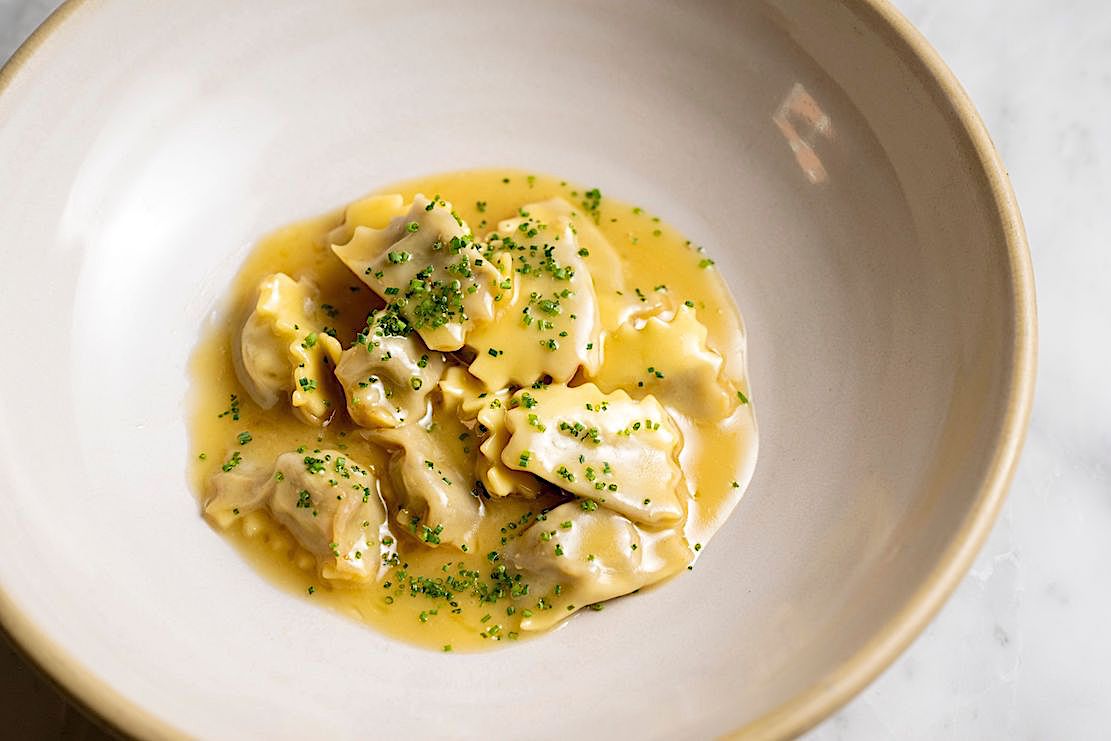 Each course has two or three
options, beginning with a choice of wonderful
white escarole with a citrus vinaigrette, caciocavallo
cheese and crispy shallots or an equally
delectable porro stufato (braised leeks) with
saline pancetta and whole grain mustard.
Each course has two or three
options, beginning with a choice of wonderful
white escarole with a citrus vinaigrette, caciocavallo
cheese and crispy shallots or an equally
delectable porro stufato (braised leeks) with
saline pancetta and whole grain mustard.
Then come suppli,
those enticing Roman risotto balls with a rich cacio e
pepe binding and morsels of buffalo
mozzarella that bring something novel to all
these ingredients. Fried octopus comes with red
onions, fennel and a tangy gloss of lemon.
There are then two separate pasta
courses. Fat agnolotti (left)
with a filling of braised shredded short ribs
(not the oxtail— coda alla
vaccinara— in its menu name) with a superb
reduction of duck juices; it’s such a good dish
Forsythia doesn’t dare take it off the 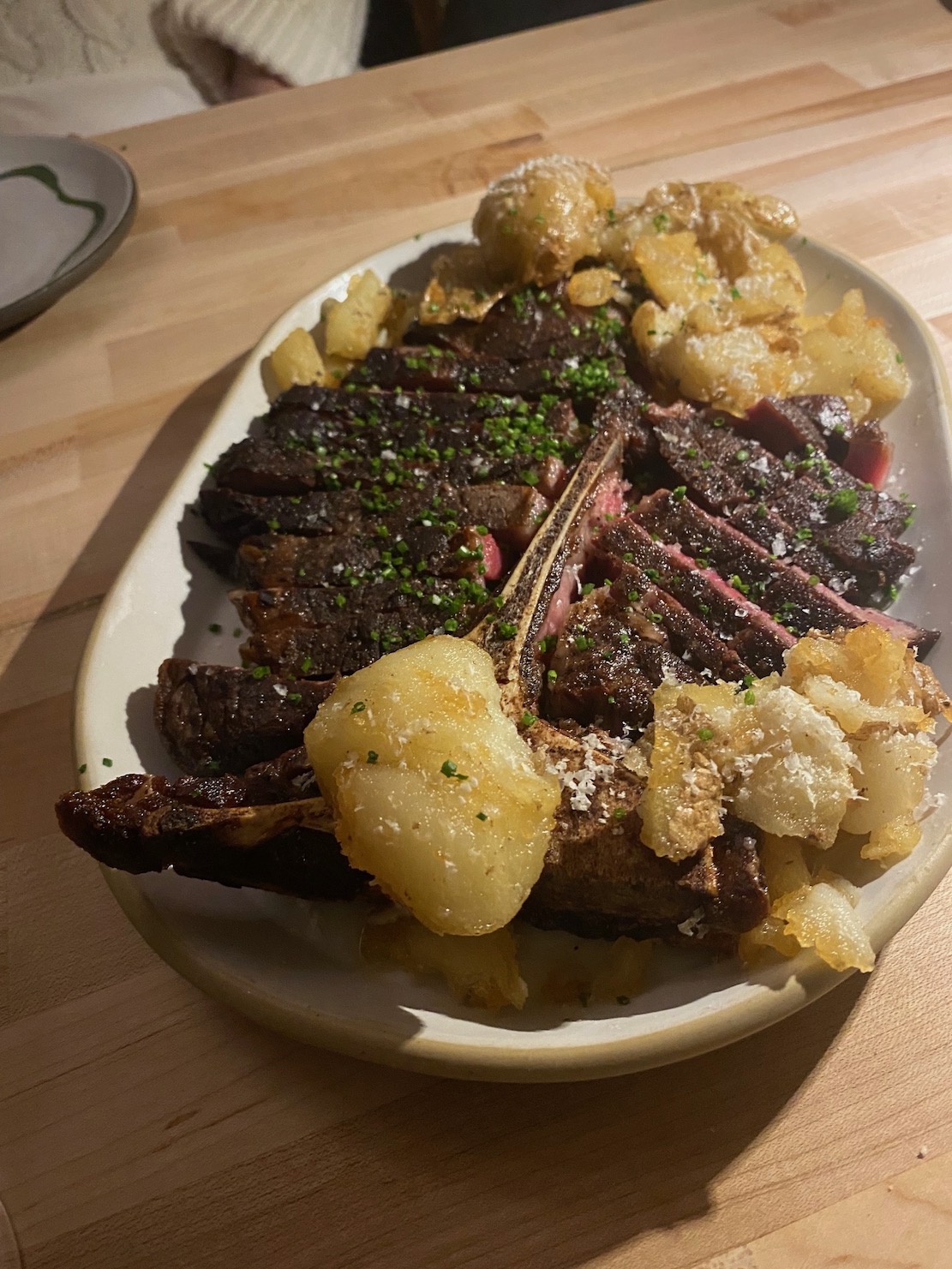 menu
because its legion of fans would rebel.
menu
because its legion of fans would rebel.
Also delicious are the tortelli with
chestnuts, bitter radicchio and Parmigiano.
Spaghetti alla
carbonara is one of the best versions I’ve
had in months, a truly Roman rendering of guanciale
bacon, a good dose of black pepper, pecorino
romano and an egg yolk that when tossed is
cooked by the pasta’s heat. Its
equal is the plate of thin tajarin
(tagliarini)
in a “white” veal ragù (without
tomato) and Parmigiano. The only off-note dish
was fat ricotta-filled tortelloni
in an “allium broth” made from nearly raw
garlic with an unappealing flavor.
That bistecca
had plenty of beefy flavor, nicely seared,
served with fingerling potatoes and truffle
butter, and, although it’s not as massive as 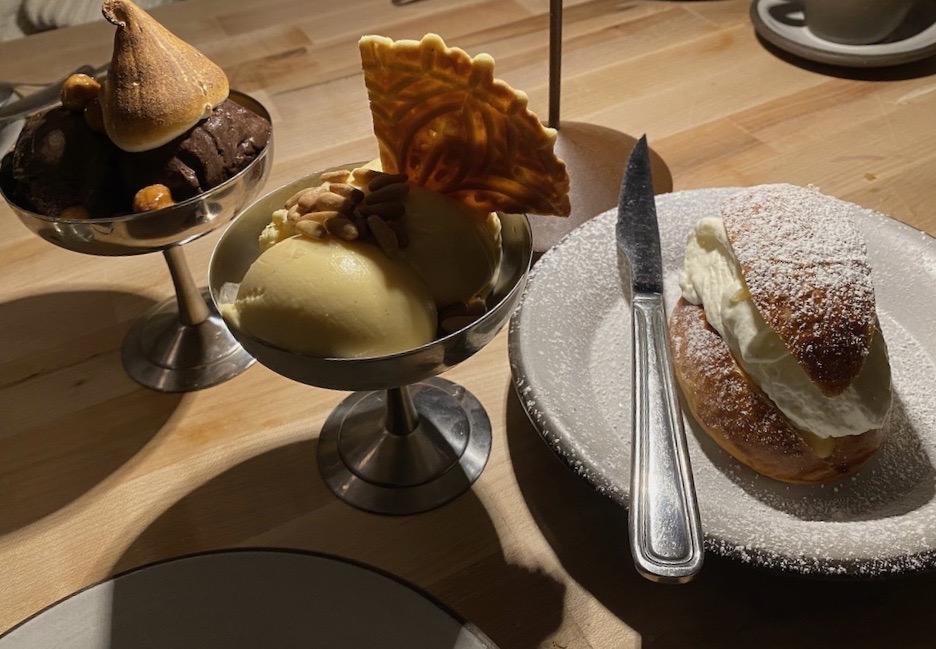 Florentine
tradition dictates, after all you’ve had before
it is easily shared by four people.
Florentine
tradition dictates, after all you’ve had before
it is easily shared by four people.
For a light finish just have the
limoncello gelato with pine nuts and candied
lemon or the chocolate gelato. Much richer is
the Roman yeast bun called maritozzo,
a Lenten pastry, that comes as a yeasty brioche
bun filled with crème Chantilly.
What Forsythia may lack in refined décor
it readily makes up for in the seriousness of
its food, true to trattoria
form, made with dedication to quality
ingredients and a cordial urging to try some new
dishes—which change seasonally—you won’t find
everywhere in town.
By the way, they also offer
pasta-making lessons for those who want to do it
the right way.
Open
Tues.-Sat. for dinner.
❖❖❖
GOING AFTER HARRY LIME
By John Mariani

CHAPTER NINE
“‘Do you
believe in ghosts?’ Martins said to me.”—Major
Callaway, The
Third Man.
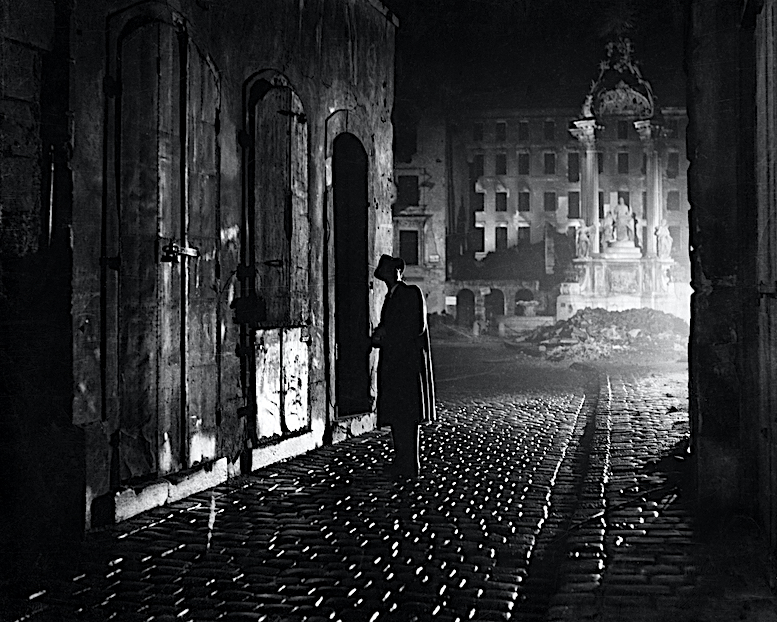 Katie got good news from her
editor that he was very happy with the hospital
corruption story and only had a few questions he
wanted cleared up. Wouldn’t take much of her time.
A few phone calls to nail down allegations, then
the fact checking by a copy editor would begin
immediately, the photos collected and taken,
illustrations ordered up. Dobell wasn’t sure it
was a cover story, as Katie’s Capone and Vermeer
stories had been, but it would be given all the
pages it needed.
Katie got good news from her
editor that he was very happy with the hospital
corruption story and only had a few questions he
wanted cleared up. Wouldn’t take much of her time.
A few phone calls to nail down allegations, then
the fact checking by a copy editor would begin
immediately, the photos collected and taken,
illustrations ordered up. Dobell wasn’t sure it
was a cover story, as Katie’s Capone and Vermeer
stories had been, but it would be given all the
pages it needed.
“I’m sure you’ll ruffle a lot of feathers
on this one,” said Dobell.
“Isn’t that my job?” asked Katie.
“Yes, it is, as long as you never massage
the facts. By the way, you still working on that
Harry Lime thing?”
Katie hated that he called it a “thing.”
“When
I have a little time, yeah.”
“Getting anywhere with it?”
“I’ll certainly let you know if I do,” she
replied, not telling him she and David would be
leaving for London as soon as the copy editor was
finished with her hospital story, probably by the
end of the week.
“I have some vacation time coming, thinking
of going to London.”
“Great city,” said Dobell. “I spent three
years there with Newsweek back in the
eighties, with that generous expense account. We
used to compete with the Time magazine
guys to see who could get away with spending the
most money. But those days are over.”
Katie took that as a cue that Dobell was
not going to be throwing money at her to go on a
wild goose chase to London.
“I should say, Katie, that I’ve footed a
lot of expenses for you that I wouldn’t for other
reporters.”
“For which I’m grateful, but look at the
stories I gave you. One won a Pulitzer, the other
sold more copies than any issue since the Oklahoma
City bombing. When was that ’94?”
“Ninety-five. We did do a bang-up job on
that one. Great photos. But, hey, I have no
complaints. Have a good vacation. Send me a
postcard.”
*
*
*
*
Katie and David got a cheap flight on
American Airlines to London’s Heathrow Airport and
booked rooms in a small hotel in Knightsbridge on
Brompton Road named the Beaufort (right),
just a block from the Sloane Street Underground
station with a curry house next door.
“I forgot to ask,” said Katie. “Do you like
Indian food?”
“I don’t think I’ve ever had it.”
“Wanna try the place next door on our first
night in town? It looks nice.”
“It’s up to you.”
After a day of nominal sightseeing,
jetlagged and very hungry at six o’clock, they
found Noor Jahan almost empty and the menu full of
many dishes in which chicken, pork or lamb was
offered in the same sauces, with a note that “Our
food can be made spicy if you like.” The décor was
sacrosanct Indian curry house—travel posters of
India on the walls, bronze vessels and figures of
Buddha and Hindu gods, and Indian printed fabrics
pinned to the ceiling. The waitress wore a
beautiful sari.
 “Why don’t we just order a bunch of stuff
and see how it turns out?” asked Katie.
“Why don’t we just order a bunch of stuff
and see how it turns out?” asked Katie.
“Okay with me,” said David.
The dinner began with some fried onion
pakoras and went on from there to a platter of
chicken from the searing tandoor open pit oven and
two or three curries and side dishes of
vegetables, with rice and breads that came
steaming to the table.
“Whaddaya think?” asked Katie.
“Well, most of it looks pretty brown, but I
like the flavors, and these breads are terrific,”
said David, enjoying the Kingfisher Indian beer
he’d ordered.
“So, are you going to the archives
tomorrow?” she asked.
“Yeah, I’ve got the permission and plan to
spend the day there, thanks to Professor Mundt.
What about you?”
“I’ve got a meeting with a novelist who
knew Greene. See what he might know about our
friend Harry. The book editor at McClure’s gave me
the contact. His name is Evelyn Dawes.”
“Why do so many of these British guys have
girl’s first names? Carol, Evelyn?” asked David.
“I have no idea. Maybe they’re like the
Johnny Cash song ‘A Boy Named Sue.’ Their fathers
want them to grow up tough.”
“That I doubt,” David said.
 The British
National Archives were in Kew Gardens, just nine
stops from Sloane Square on the Underground.
Having never been to London, David had boned up on
how to use the Tube, poring over the famous
Mondrian-like map of route lines, each its own
color, a small miracle of concision and graphic
impact. He ran his finger along the map on the
Green District line, a branch of which went south
to Kew Gardens.
The British
National Archives were in Kew Gardens, just nine
stops from Sloane Square on the Underground.
Having never been to London, David had boned up on
how to use the Tube, poring over the famous
Mondrian-like map of route lines, each its own
color, a small miracle of concision and graphic
impact. He ran his finger along the map on the
Green District line, a branch of which went south
to Kew Gardens.
He descended into the station and was
struck by the different smell of it compared with
New York  City subway
stations. Both smelled old—London’s opened in
1863, New York’s fifty years later—but he was
amazed how much less noisy the Underground was.
The cars were more tubular and seemed more modern
than the amalgam of new and old equipment that
plagued New York subway riders. London’s cars
clattered into view, New York’s screeched in as if
about to go off the rails. He was surprised to
find there were no express trains on the lines.
City subway
stations. Both smelled old—London’s opened in
1863, New York’s fifty years later—but he was
amazed how much less noisy the Underground was.
The cars were more tubular and seemed more modern
than the amalgam of new and old equipment that
plagued New York subway riders. London’s cars
clattered into view, New York’s screeched in as if
about to go off the rails. He was surprised to
find there were no express trains on the lines.
David took a while to get used to the
British monetary units, the one- and two-pound
coins, the five- and ten-pound notes, so he went
straight to the manned ticket window, rather than
try to figure out the listed fares to Kew Gardens.
In New York you could ride anywhere all day on one
fare, a buck fifty.
Once
on the packed train, he found it clean and
relatively quiet, with a mixed ridership of every
class and tourists with backpacks and unfolded
maps of the city.
As in New York, almost no one spoke to
anyone, instead reading or staring off into space,
and, at least on this one trip, no nut jobs
chanting something indecipherable. David hated
when that happened on the New York subways
because, as a cop, he knew he would be the one who
had to intervene if someone really got out of
line, and he never knew if the guy was just
semi-crazy or truly insane, maybe carrying a
knife. He’d had to disarm more than one guy in his
years on the force, and he was grateful he’d never
been a Transit officer. But here
on the London Tube he felt pleasantly far away
from all that.
 The stops clicked by—South Kensington,
Turnham Green, then the train turned south to Kew
Gardens, just across the Thames River. It was a
fine morning and the cityscape was stunning, so
David decided to walk the short distance to the
National Archives Building, which was a brutally
modern—as of its construction in 1977—structure,
looking like a concrete pagoda, set behind
formidable gates at which David, with the letter
of intro from Professor Mundt, presented the pass
he’d obtained in advance to meet with an archivist
who would give him direction for his research.
The stops clicked by—South Kensington,
Turnham Green, then the train turned south to Kew
Gardens, just across the Thames River. It was a
fine morning and the cityscape was stunning, so
David decided to walk the short distance to the
National Archives Building, which was a brutally
modern—as of its construction in 1977—structure,
looking like a concrete pagoda, set behind
formidable gates at which David, with the letter
of intro from Professor Mundt, presented the pass
he’d obtained in advance to meet with an archivist
who would give him direction for his research.
That person was a young woman in her late
twenties, stout, brown-haired, wearing granny
glasses, a beige printed blouse and brown skirt.
“Mr. Greco?” she said, coming towards him.
“Jenny Hurley,” and without further niceties said,
“I understand you’re interested in looking at
archives that cover the post-war military
occupation of, is it, Vienna?”
“Yes,” said David. “Specifically records of
criminal activities under the jurisdiction of the
British military police,” then, trying to be
friendly, “Did you ever see the movie The Third
Man? Came out in 1949?”
Jenny Hurley shook her head. “No, doesn’t
ring a bell. It was about that period?”
Knowing it was not worth the effort to
explain, David merely said yes and let it go.
She asked him to follow her through the
main hallway, then to the left, where they had to
be buzzed in, and finally stopping at a large,
very quiet room set with long oak library tables
surrounded by bookshelves.
“According to the request you sent, the
staff has recommended you begin with the Military
Agency Records. They are pretty large, but I’ll
see if I can narrow it down a bit. You said 1945
to 1950 in Vienna alone, correct? We’ve pulled
much of what we have, and then there is a whole
section of books written about the period. May I
ask, are you writing a book, Mr. Greco?”
“No, doing research for a reporter who’s
writing a story about the period.”
“Give me about fifteen minutes. I’ll be
back.”
David took out his own files and notepad
and waited in the stillness of the room, brightly
lighted from above, with its door shut so that he
could see but not hear staff in the hallways. Less
than a quarter of an hour went by and Ms. Hurley
was back, wheeling in a cart of files in upright
boxes, all of them meticulously labeled.
“Well, this should get you started,” she
said.
“Is there a lot more?” asked David, staring
at the amount of them.
“I suspect there is as much as you have
time for. Just let me know if you need any further
assistance. And,
if you will, please, once you look at a document,
put it to the side. Don’t put it back in the
folder. Things get misplaced that way. We’ll
gather them all up later. As you can see, you’ve
plenty of space to spread things out in. And if
you should take a book off the shelf, please pull
it by its covers, not by the spine. And, also, no
pens, please.
Pencils only. Do you have one?” David
nodded that he did.
“Right,” said Ms. Hurley, “then I’ll be
around.” She left him alone and shut the door
after her.
The room smelled of archives,
faintly musty but not as bad as the NYPD files
he’d worked with in very dank rooms with lousy
lighting.
© John Mariani, 2016
❖❖❖
ROYAL OAK DISTILLERY ENTERS
THE IRISH WHISKEY RACE
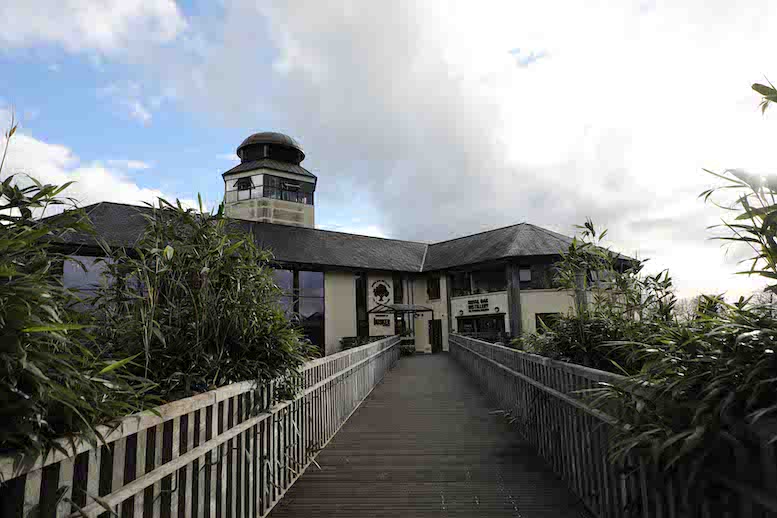
Irish
Whiskey sales are soaring, with more than 6
million cases sold in the U.S. last year. The
Irish Whiskey Association has revealed the record
figure using CSO Eurostat data and the popularity
of Irish Whiskey is continuing to increase around
the world, as exports in 2022 passed €1 billion
for the first time. Is the market in
danger of being tapped out? Apparently not. I
asked Woody Kane (below, right), Global
Brand Ambassador for The Busker at Royal Oak, and
Caroline Martin, the distillery’s master blender (below,
left), about why they got into a crowded
market.
How is the Royal Oak
Distillery unique? Why is that so critical for the
brand?
Kane : The
Royal Oak Distillery is producing hand-crafted Irish
whiskey, proudly located on an 18th century estate
in Ireland’s Ancient East region. The Royal Oak
Distillery is the home of The Busker Irish whiskey,
where we distill all three styles of Irish whiskey:
Single Grain, Single Malt and Single Pot Still, all
under one roof, balancing tradition with innovative
and modern techniques. We source the highest quality
ingredients, from the barely to the water, and work
with highly trained distillers who are passionate
about what they do and watch carefully over the
whole process of production. We select the barrels
to suit the needs of each whiskey, and, when ready,
our blender meticulously works to ensure that
consumers get the highest quality products.
When and why did you
get into the business?
Kane: I
entered the professional spirits world in 1999, when
I began assisting the research and development team
at The Hot Irishman with their Irish Coffee and
Irish Cream. In 2006, I took on a role by setting up
trade show experiences in various markets and
training bar staff around Ireland. Around 2014, I
joined the Royal Oak Distillery as its ambassador
with the goal of creating a world class distillery
in County Carlow.
Kane: As
noted, we make all styles of Irish Whiskey: Single
Malt, Single Pot Still, Single Grain, and a blend of
all three single expressions. Our Single Malt
whiskey is matured in ex-bourbon and ex-sherry casks
to bring you great complexity. We also have our
Single Pot Still expression, which is very
distinctive to Ireland, and was created to take
consumers on a journey of rich and intense flavors.
For our Single Grain bottle, the secret is choosing
the highest quality spirits and combining them with
our hand-selected bourbon and marsala casks. And
finally, we have our extraordinary blend, made with
Single Grain, and a very high percentage of Single
Malt and Single Pot Still with an extraordinary
smoothness given by the three-cask influence
(Bourbon, Marsala, and Sherry).
.jpg) When
Scotch producers focused in on single malts and
everything from cask to vintage labels, it created
a swell for a very upscale market but decreased
interest in traditional blends and premium
Scotches. Has this happened with entry level Irish
whiskies?
When
Scotch producers focused in on single malts and
everything from cask to vintage labels, it created
a swell for a very upscale market but decreased
interest in traditional blends and premium
Scotches. Has this happened with entry level Irish
whiskies?
Martin: I’d
like to challenge that concept! Yes, I agree that
single malt Scotch does get a lot of visibility, but
in reality, blended Scotch whiskies deliver 90% of
demand volumes and single malt 10%. The recent
upsurge in Irish whiskey production means that the
market is still young, compared to Scotch. I think
it’s important that some of these whiskeys must be
accessible to all consumers and across all formats,
blended and singles, especially to new whiskey
drinkers. Consumers are still eager to find out
everything about Irish whiskeys, including
traditional blends and premium offerings. There’s
room in the market for all good quality whisk(e)y –
Scotch, Irish, and beyond. People have different
taste preferences; the fun is about seeking out and
finding your favorites.
Is the alcohol by
volume an important factor when it comes to the
quality of the whiskey?
Martin: In my
experience, it’s more complex than being just about
the bottled alcoholic strength of the whiskey that
conveys quality. The quality of a whiskey is all
about the flavors for me, how they are perceived, do
they appeal to the consumer? It’s also about the
serving: do the consumers prefer their whiskey
served neat, over ice, or in a cocktail? In my
experience, the higher the alcoholic strength the
more “closed in” the aroma and taste profile
initially tends to be. In the main, “opening up” the
whiskey has the tendency to reveal amazing aromas
and flavors. It’s important to acknowledge that all
consumers are different and to some, a higher
alcoholic strength—as in cask strength—will always
be an important quality factor, but it should not be
the only one. 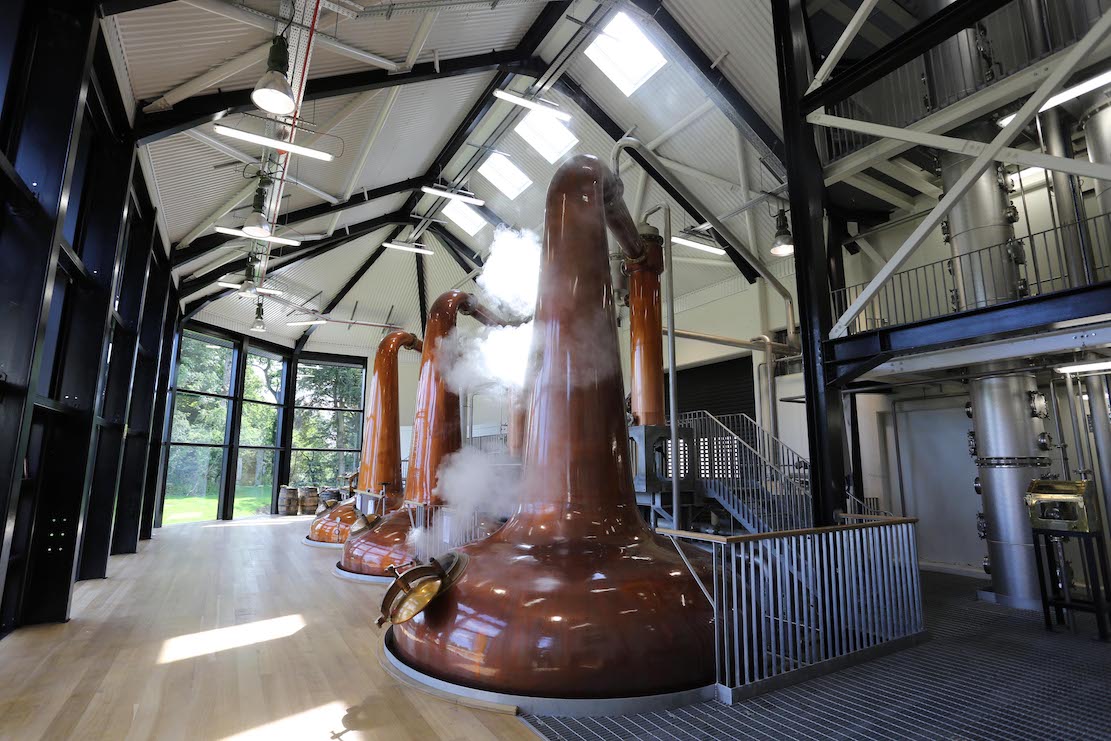
What makes one
whiskey cost so much more than another, as far as
the distilling is done? Some casks don’t cost any
more than another cask, do they?
Martin: Every
part of the whiskey supply chain brings its
associated cost with it. That includes different
cask types. Some casks are very expensive because
they can be very rare and/or very sought after.
Whiskeys, too, can range significantly in cost
because they may be from closed distilleries, no
longer producing newly made spirit. So the finite
volume available in the cask can be highly sought
after and command high prices. The length of time
whiskey is in a cask also has an impact on the cost
of bottled whiskey. The longer the maturation time,
generally the higher the cost. Finishing a whiskey
(in a different cask type) brings with it an added
cost. Over and above this, there will be annual
fluctuations in the price of raw materials, e.g.
malted barley, because of good/bad harvests. All of
this drives differences in pricing—and branding will
also have an impact on the price to markets.
Do your whiskies
make for good cocktails?
Kane: Yes, sure. We always
suggest drinking our Whiskies neat to taste the
quality of the liquid, but we collaborated with many
important bartenders that created outstanding
cocktails with The Busker. Jeffrey
Morgenthaler, who is the author of The Bar Book:
Elements of Cocktail Technique, and
now
co-owner of Pacific Standard lobby bar in Portland,
created for a special event the Slan Leat cocktail
with
Busker Single Grain, Lillet Blanc and Cynar. Simone
Caporale from Sips Drinkery House in Barcelona
created his wild vision of a Whiskey Sour. Hiroyasu
Kayama from BenFiddich Bar (Tokyo) has created
special cocktails with our Blend.
 Where
are most of your sales?
Where
are most of your sales?
Kane: The
Busker's best market is the U.S. and is
growing a lot in Japan and Holland.
Is there a stratum
of drinkers you aim at most—GenX, Millennials,
etc.?
Kane:
Millennials are our main target.
How do you work
together with a distillery in the production of a
whiskey before being put in cask?
Martin: As the
Master Blender at Royal Oak Distillery it’s part of
my role and that of the Lead Blender to work with
the distilling team in creating new-make spirits
that will support our current whiskey portfolio: The
Busker Triple Cask Triple Smooth, and the 3 Busker
single bottlings—Single Grain, Single Malt &
Single Pot whiskeys. It's important the blending
team sign off on the quality of each new-make
spirit, including the flavor styles required.
Thereafter it’s about ensuring the consistency of
the three newly made spirits before they are filled
to cask. Sensory and chemical analysis is performed
on a daily basis. Significant experience in the
science and technology of whiskey making is vitally
important in ensuring the distillery produces a
spirit that is fit for purpose.
What is a “new-make
spirit”?
Kane: A new-make spirit is a
high-proof alcohol that comes straight off the still
during spirit production before being transferred to
the barrel for aging so it can legally be called
whiskey. Moonshine and Malt Spirit are two other
names for a new-make spirit. While the new-make
flavor has an effect on the whiskey, the wood in
which it is aged contributes significantly to its
flavor and color.
❖❖❖
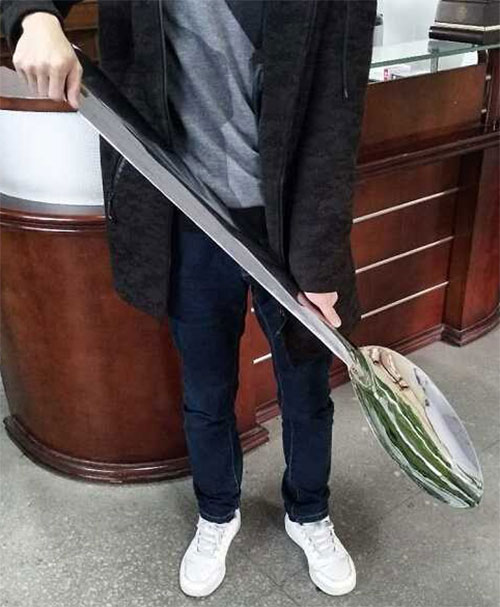
DILEMMAS THAT WILL
ALWAYS BEFUDDLE MANKIND
"I agree that I couldn’t imagine eating my morning
cereal with the larger spoons in my drawer. But
the more I thought about it, the more something
seemed off. These utensils were, after all,
designed for human use, and it’s not like we all
accidentally stocked our drawers with teaspoons
and serving spoons only. Is the dinner spoon
really that unwieldy? Or are we just using it
wrong?"—Jaya Saxena, "We’re Using Big
Spoons Wrong," Eater.com 2/8/23
❖❖❖
Any of John Mariani's books below may be ordered from amazon.com.
 The Hound in Heaven
(21st Century Lion Books) is a novella, and
for anyone who loves dogs, Christmas, romance,
inspiration, even the supernatural, I hope you'll find
this to be a treasured favorite. The story
concerns how, after a New England teacher, his wife and
their two daughters adopt a stray puppy found in their
barn in northern Maine, their lives seem full of promise.
But when tragedy strikes, their wonderful dog Lazarus and
the spirit of Christmas are the only things that may bring
his master back from the edge of despair.
The Hound in Heaven
(21st Century Lion Books) is a novella, and
for anyone who loves dogs, Christmas, romance,
inspiration, even the supernatural, I hope you'll find
this to be a treasured favorite. The story
concerns how, after a New England teacher, his wife and
their two daughters adopt a stray puppy found in their
barn in northern Maine, their lives seem full of promise.
But when tragedy strikes, their wonderful dog Lazarus and
the spirit of Christmas are the only things that may bring
his master back from the edge of despair. WATCH THE VIDEO!
“What a huge surprise turn this story took! I was completely stunned! I truly enjoyed this book and its message.” – Actress Ali MacGraw
“He had me at Page One. The amount of heart, human insight, soul searching, and deft literary strength that John Mariani pours into this airtight novella is vertigo-inducing. Perhaps ‘wow’ would be the best comment.” – James Dalessandro, author of Bohemian Heart and 1906.
“John Mariani’s Hound in Heaven starts with a well-painted portrayal of an American family, along with the requisite dog. A surprise event flips the action of the novel and captures us for a voyage leading to a hopeful and heart-warming message. A page turning, one sitting read, it’s the perfect antidote for the winter and promotion of holiday celebration.” – Ann Pearlman, author of The Christmas Cookie Club and A Gift for my Sister.
“John Mariani’s concise, achingly beautiful novella pulls a literary rabbit out of a hat – a mash-up of the cosmic and the intimate, the tragic and the heart-warming – a Christmas tale for all ages, and all faiths. Read it to your children, read it to yourself… but read it. Early and often. Highly recommended.” – Jay Bonansinga, New York Times bestselling author of Pinkerton’s War, The Sinking of The Eastland, and The Walking Dead: The Road To Woodbury.
“Amazing things happen when you open your heart to an animal. The Hound in Heaven delivers a powerful story of healing that is forged in the spiritual relationship between a man and his best friend. The book brings a message of hope that can enrich our images of family, love, and loss.” – Dr. Barbara Royal, author of The Royal Treatment.
 |
The Encyclopedia of American Food and Drink by John F. Mariani (Bloomsbury USA, $35) Modesty forbids me to praise my own new book, but let me proudly say that it is an extensive revision of the 4th edition that appeared more than a decade ago, before locavores, molecular cuisine, modernist cuisine, the Food Network and so much more, now included. Word origins have been completely updated, as have per capita consumption and production stats. Most important, for the first time since publication in the 1980s, the book includes more than 100 biographies of Americans who have changed the way we cook, eat and drink -- from Fannie Farmer and Julia Child to Robert Mondavi and Thomas Keller. "This book is amazing! It has entries for everything from `abalone' to `zwieback,' plus more than 500 recipes for classic American dishes and drinks."--Devra First, The Boston Globe. "Much needed in any kitchen library."--Bon Appetit. |
"Eating Italian will never be the same after reading John Mariani's entertaining and savory gastronomical history of the cuisine of Italy and how it won over appetites worldwide. . . . This book is such a tasteful narrative that it will literally make you hungry for Italian food and arouse your appetite for gastronomical history."--Don Oldenburg, USA Today. "Italian
restaurants--some good, some glitzy--far
outnumber their French rivals. Many of
these establishments are zestfully described
in How Italian Food Conquered the World, an
entertaining and fact-filled chronicle by
food-and-wine correspondent John F.
Mariani."--Aram Bakshian Jr., Wall Street
Journal.
"Equal parts
history, sociology, gastronomy, and just
plain fun, How Italian Food Conquered the
World tells the captivating and delicious
story of the (let's face it) everybody's
favorite cuisine with clarity, verve and
more than one surprise."--Colman Andrews,
editorial director of The Daily
Meal.com. "A fantastic and fascinating
read, covering everything from the influence
of Venice's spice trade to the impact of
Italian immigrants in America and the
evolution of alta cucina. This book will
serve as a terrific resource to anyone
interested in the real story of Italian
food."--Mary Ann Esposito, host of PBS-TV's
Ciao
Italia. "John Mariani has written the
definitive history of how Italians won their
way into our hearts, minds, and
stomachs. It's a story of pleasure over
pomp and taste over technique."--Danny Meyer,
owner of NYC restaurants Union Square
Cafe, The Modern, and Maialino.
|
 |
 |
 |
 |
 |
 |
MARIANI'S VIRTUAL GOURMET
NEWSLETTER is published weekly. Publisher: John Mariani. Editor: Walter Bagley. Contributing Writers: Christopher
Mariani, Misha Mariani, John A. Curtas, Gerry Dawes, Geoff Kalish.
Contributing
Photographer: Galina Dargery. Technical
Advisor: Gerry
McLoughlin.
If you wish to subscribe to this
newsletter, please click here: http://www.johnmariani.com/subscribe/index.html
© copyright John Mariani 2023
